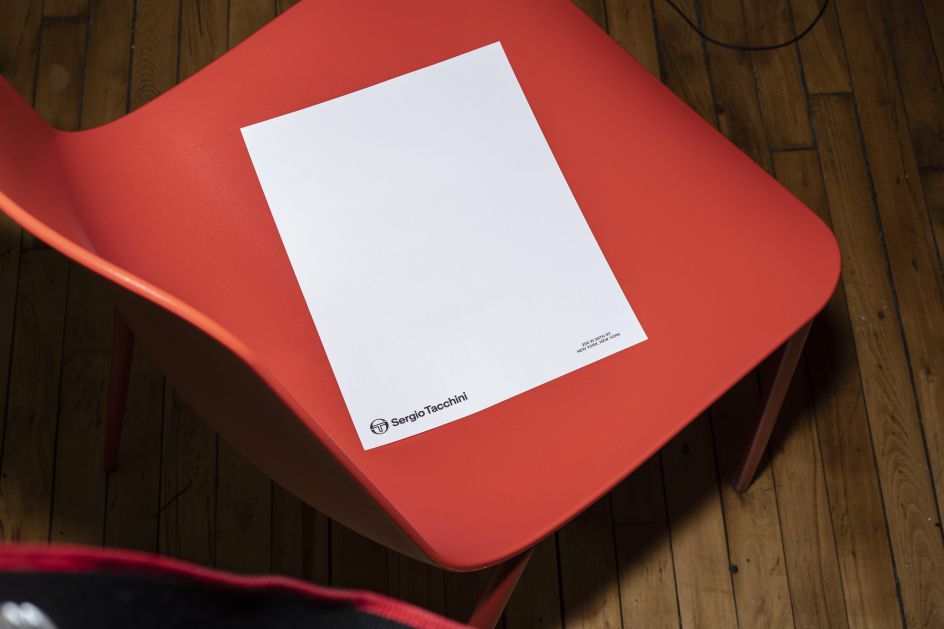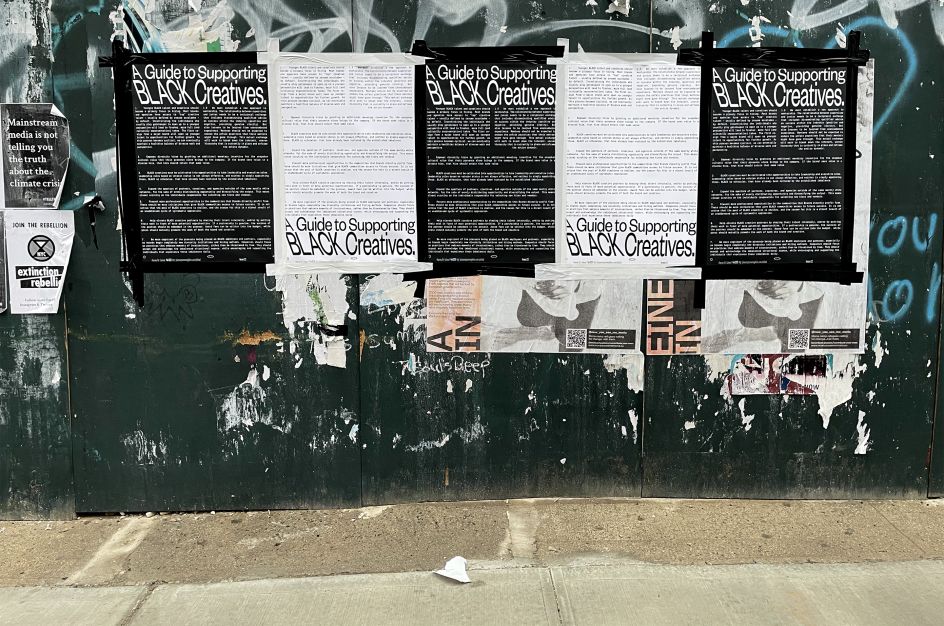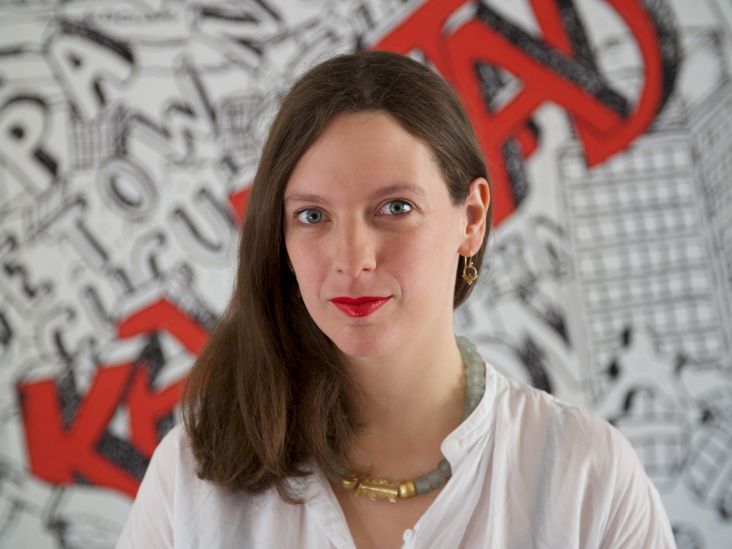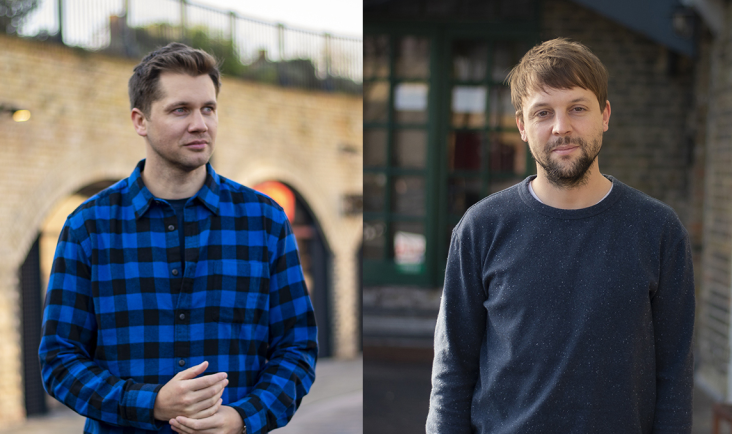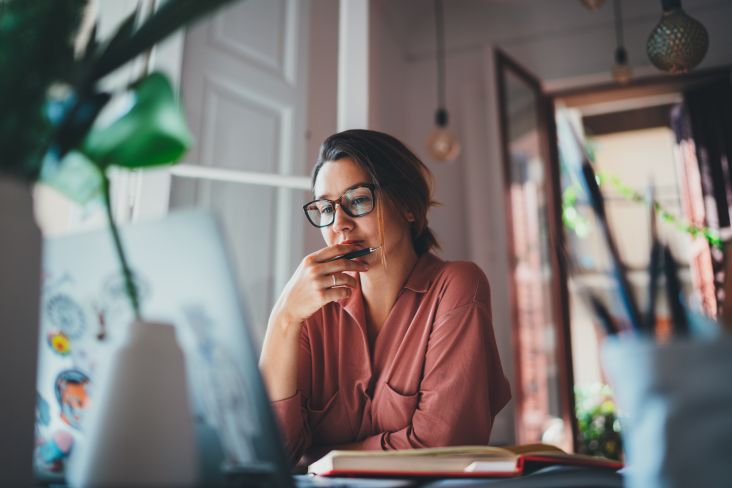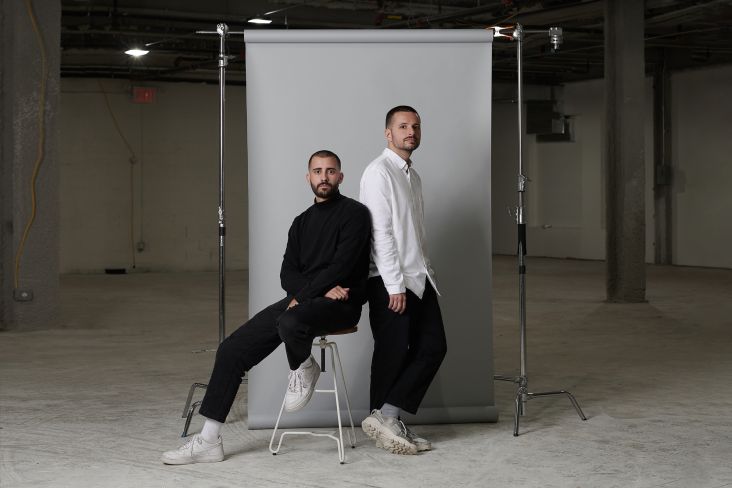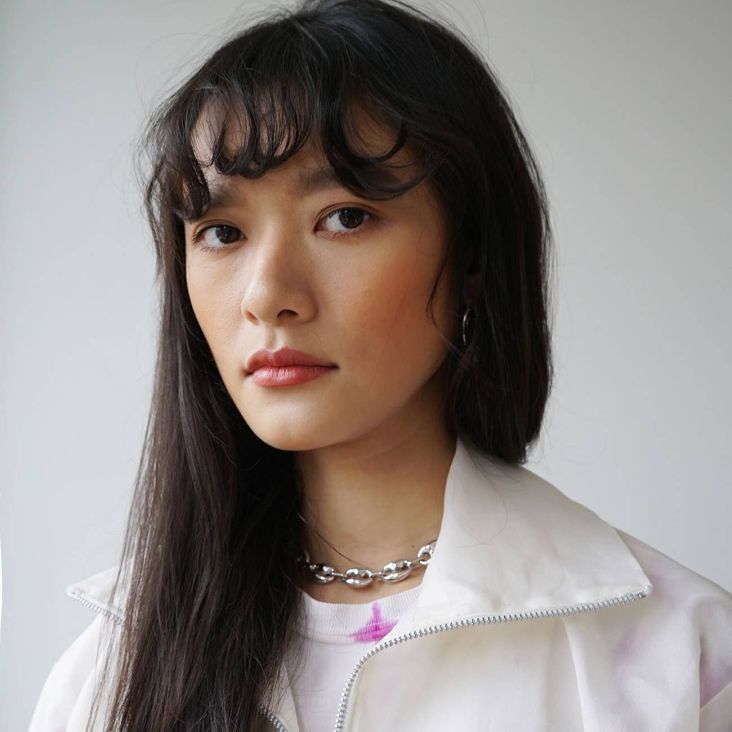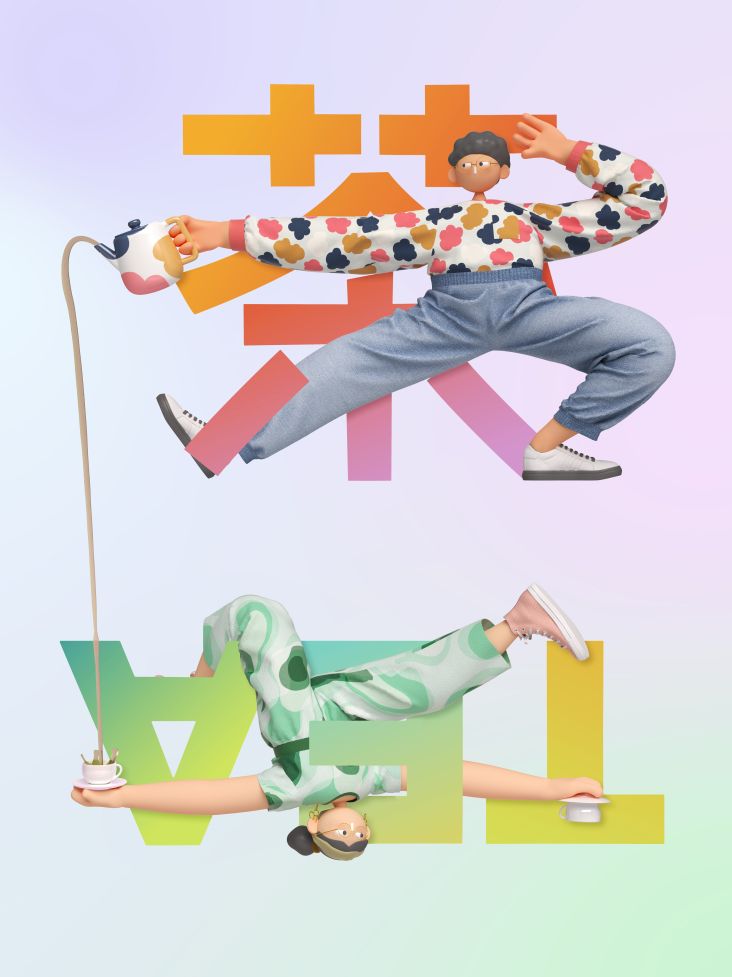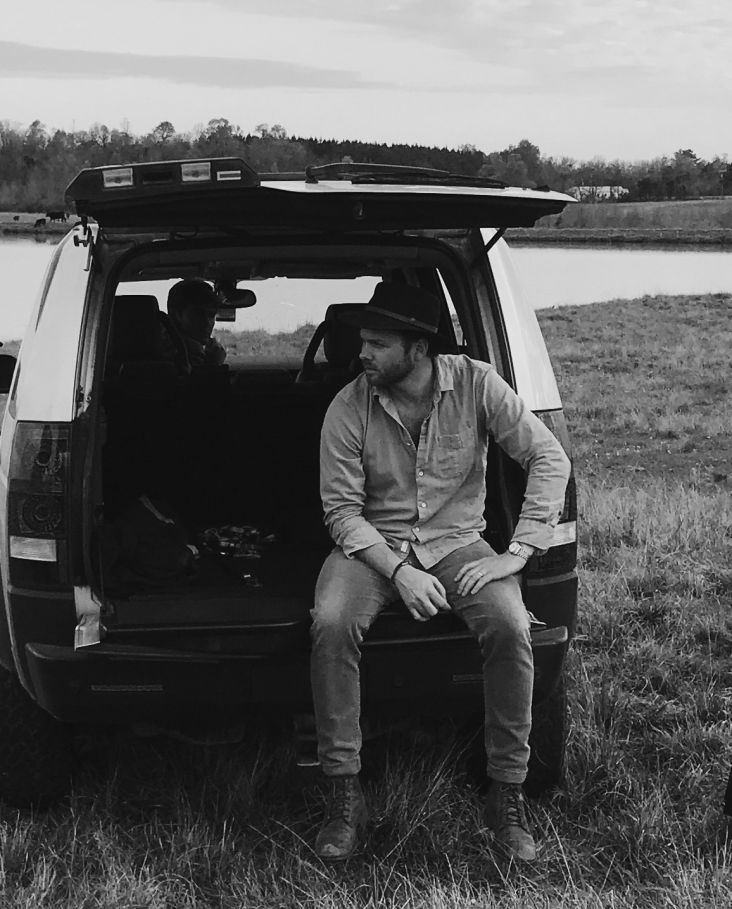Boldness, business and self-belief: Kendall Henderson on important creative traits and studio goals
With a graphic practice founded on principles of efficiency, expression and creative curiosity, design polymath Kendall Henderson makes work that is equal parts conceptual and aesthetic, as well as innately aspirational.
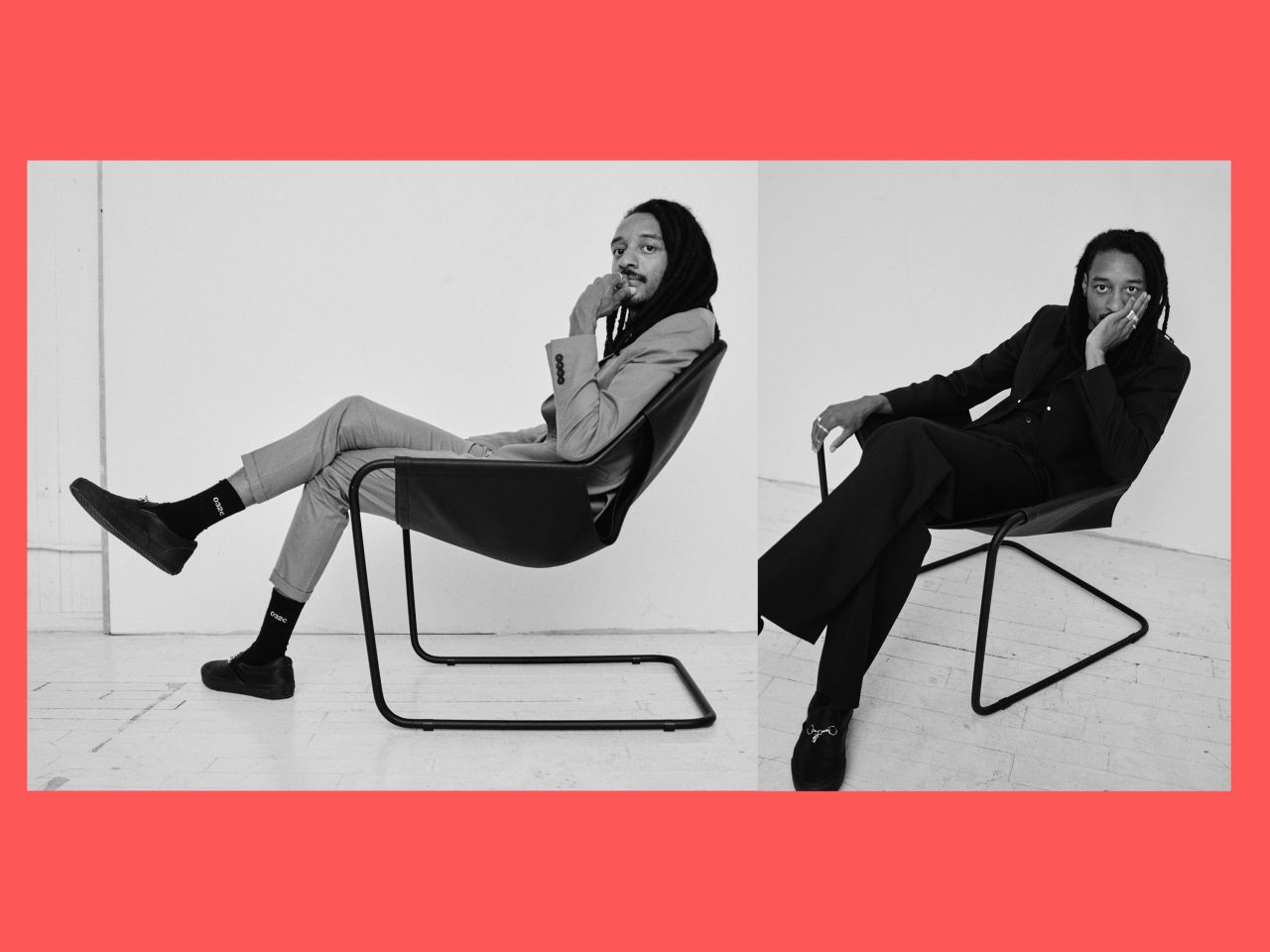
Having previously worked at conglomerates, the likes of Nike and Google, to now running his own studio in New York, Kendall's insight on the creative industry is unmatched, from creative boldness and design ego to second-guessing and sharing knowledge. We've spoken to Kendall to talk as such, discussing where he started, where he is now, and what he wants the future to hold.
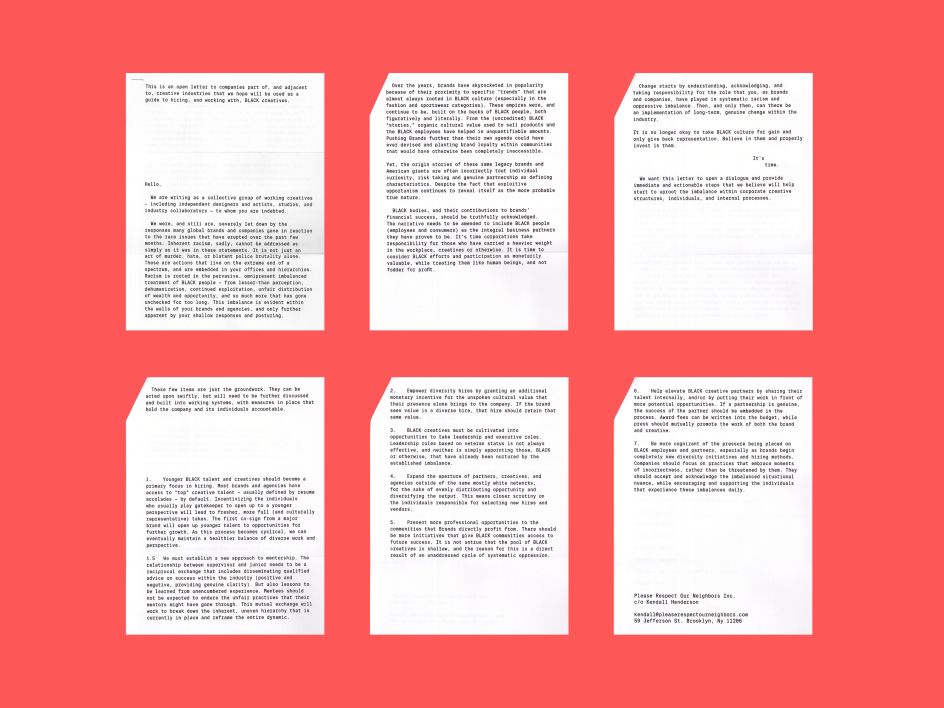
Hello Kendall! How are you? How have things been?
Smooth, ish considering. Taking care of my plants.
For those who don't know you, what's your story?
I'm Kendall Henderson. A Design Director of my own small collective in Bushwick, NY. The short story is, I grew up in Alabama, went to school in Atlanta, started my career at Nike, and made my way through a variation of creative positions over the years until deciding to pursue freelance. All of this while dreaming of having my own "studio", as they say.
With that in mind, how would you define your studio and the practice you operate there?
Since developing the studio's concept, I am only just last year beginning to really understand that its practice is defined by conditioning the desire to create differently. During projects, we expect this desire to expand beyond the eager creatives involved and want clients to be invited into this allure. This has definitely been a lot of trial and error, but for the most part, the climate of creative services is ripe for these new ways of seeing work.
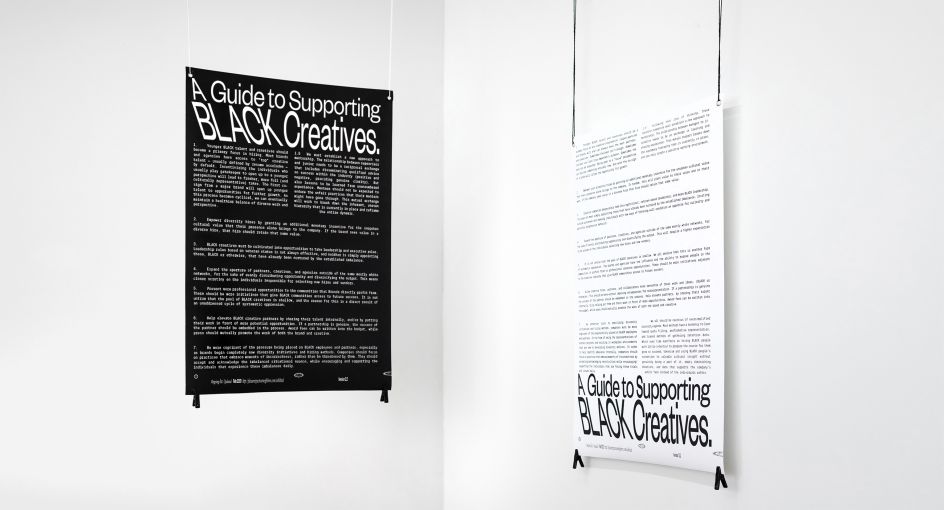
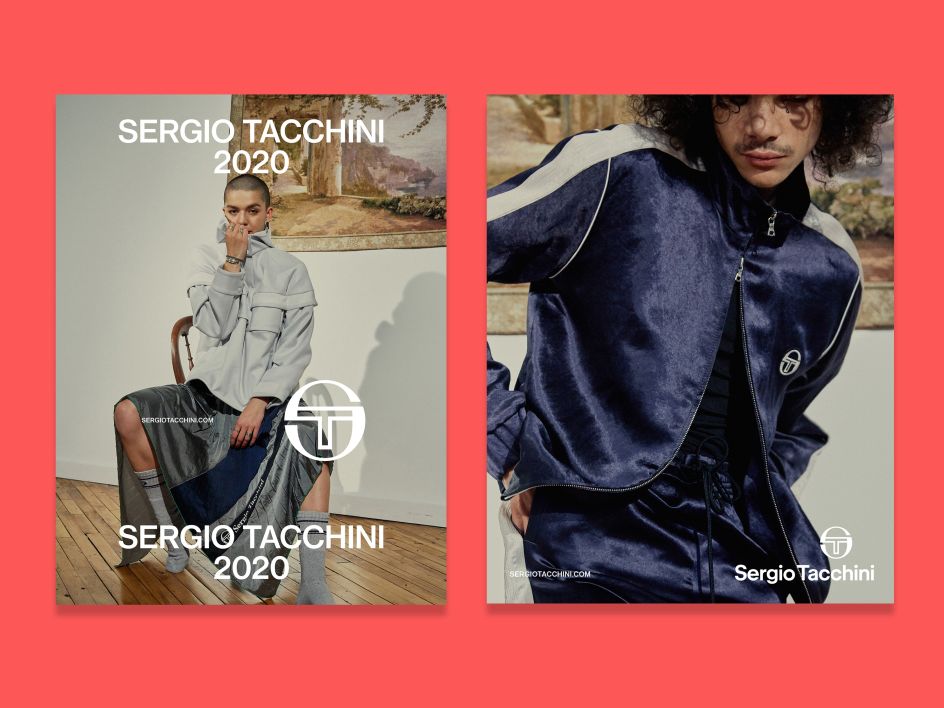
How did working for Nike compare to working at your own studio?
Nike's in-house creative is, as you could imagine, very different. I was there, back in 2011-2013. But even so, it was very different then compared to now, so I hear.
Design, like graphic design, was something Nike as a company was only just beginning to see high value in from a marketing perspective. But, inherently, it spilt into my department working on t-shirt graphics. Pumping out thousands of tees a season across the different sports categories was a massive piece of Nike's business.
So they kind of threw money at it for a while, hired a bunch of people, had some moments (like Olympics 2012) they really cared about and some that were just here or there.
So one key difference in working for myself. I (and soon my team) get to decide on what our company goals are; we decide what we believe in and what we want to fight for. What clients or project types we want to pursue etc. We are looking for even more autonomy in this form so we can truly develop our own sound design philosophy and put it into practice. The flip side to that is working with limited resources while still trying to achieve the above.
Where would you say you find your inspirations for the work you do and your creative mindset?
I'd say I find interest in things quite typical: food, beverage, film and tv, travel, popular music, a little sports etc. I used to see this general interest as a detriment while existing in a creative field that socially celebrates niche interests and projected uniqueness.
Recently I've reckoned with my interests and realised I have actually always found interest in the nuanced elements of this mainstream culture. I am constantly looking at connections between disparate parts and analysing the psychological effects surrounding something like a 'Drake' or a 'Kaws' and, of course, doing all this with absolutely no formal journalistic or psychology training. As 2021 recommends.
But, I'd say this fuels in my head what I may falsely consider my own unique form of gathering inspiration.
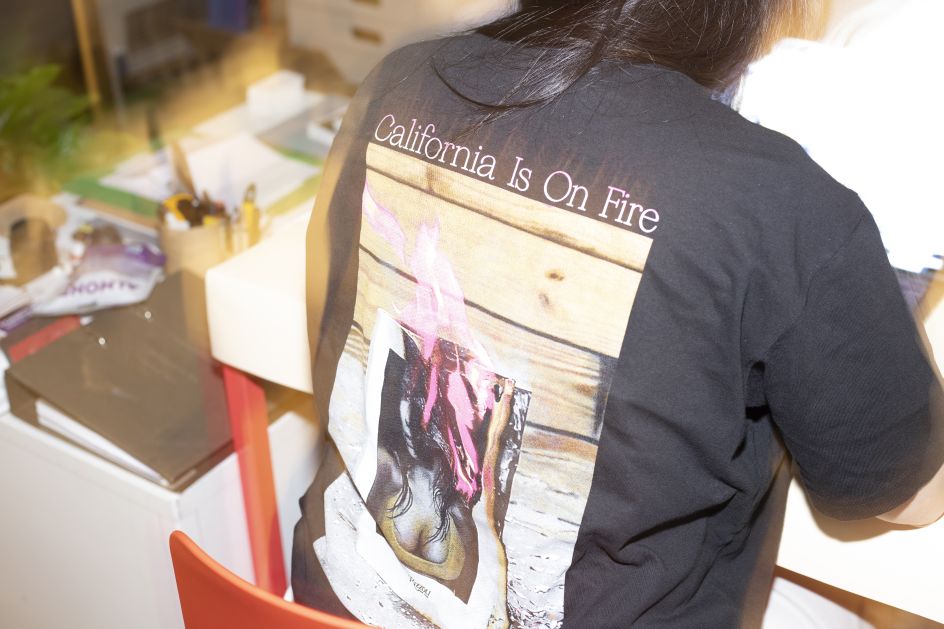
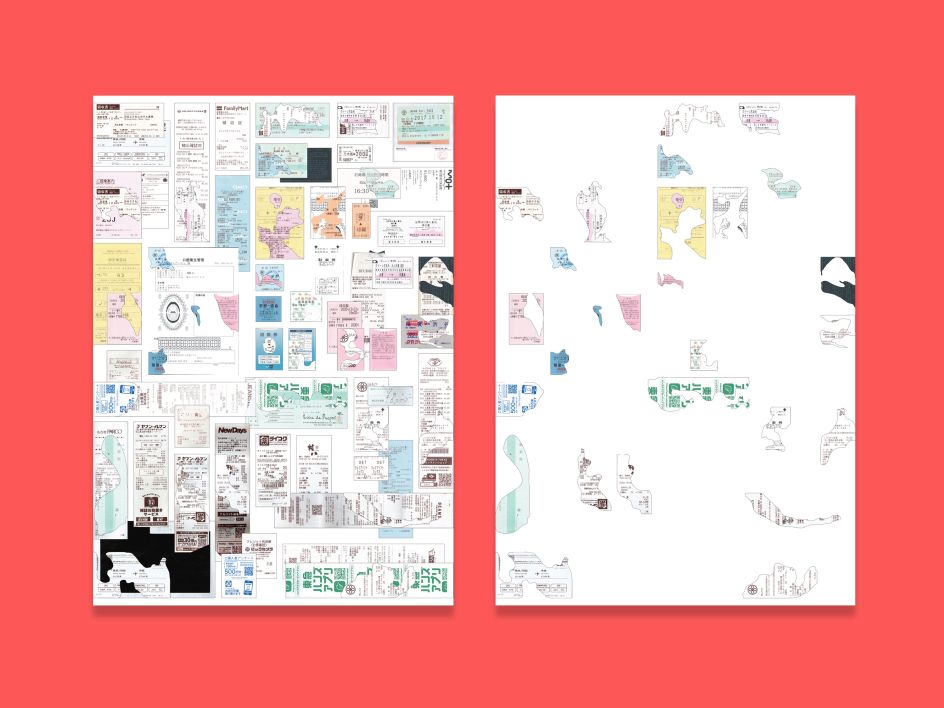
There is certainly a boldness to your work, with a great amount of care paid to the smallest details; how important is this to your work?
Boldness. Thank you. Sometimes I think I may say see my work with horse-blinders on. Lots of people make comments about the style of my work, and my response is usually, Really?!, huh…
I'd say the process is arguably the most important thing to me. It holds my work to a standard. Not necessarily a high one or one used to rank. It's more so something that helps me make sense of my work, my clients' ideas, and ultimately the purpose of what we are doing together, somewhat like bookends that I have established over my professional years. They sort of let me know where I am on the scale and sometimes even if I should be off the scale. Within this range of consideration, I try to spend the majority of thought on the purpose. Which sometimes can just be, sell this thing to people, and make us money.
Process helps me make sense of my work, my clients' ideas, and ultimately the purpose of what we are doing together.
In your opinion, what are some of the most important traits for a creative to have?
"What's important" is interesting because it is a subjective thought garnering a subjective answer. So I want to preface saying this with the openness to be incorrect in my subjective opinion.
I believe the most important traits in creatives should be the most important traits in everyone, first off.
So... integrity in decision making, cognitive perspective, a challenging disposition, true not trendy empathy, a sense of personal responsibility, curiosity about others — the world, and commitment to a personally vetted aesthetic. I'll stop there cause now that you've got me thinking about it, I think this list could go on a while.
All that said, I see a lot of the common practices in creative service (or really society at large) fight against and discourage almost everything I just listed.
Would you have a definitive style or something that's "yours" in the graphic concepts you create?
I would say no. I/we very much have a generalist approach in my mind. But, in relation to the prior question, I guess maybe that developed standard allows for some visual continuity in the work. Similar thought and approach tend to land us in more legible type choices and avoidance of decorative work.
Many people struggle with a sense of creative confidence; is this the case for you?
I do think there are always changes or modifications I would make to almost all of my projects. However, as time goes on, I am learning to accept each project as a part of a larger whole. This helps me let go a little and let my proficiency in design manifest. It is allowing me to focus on process and purpose, which are multidimensional. And that multi-dimensionality of the output keeps me from second-guessing visual decisions, I suppose.
Maintaining confidence through all this is a constant struggle. Now with the social media sharing component in the mix, it is nearly impossible to NOT compare your work to peers, those you admire, and those who work in a similar vein – unless you don't participate. So process and purpose keep me developing elements that are specific to my experience, and continuing to enhance that proficiency from this angle reinforces my confidence.
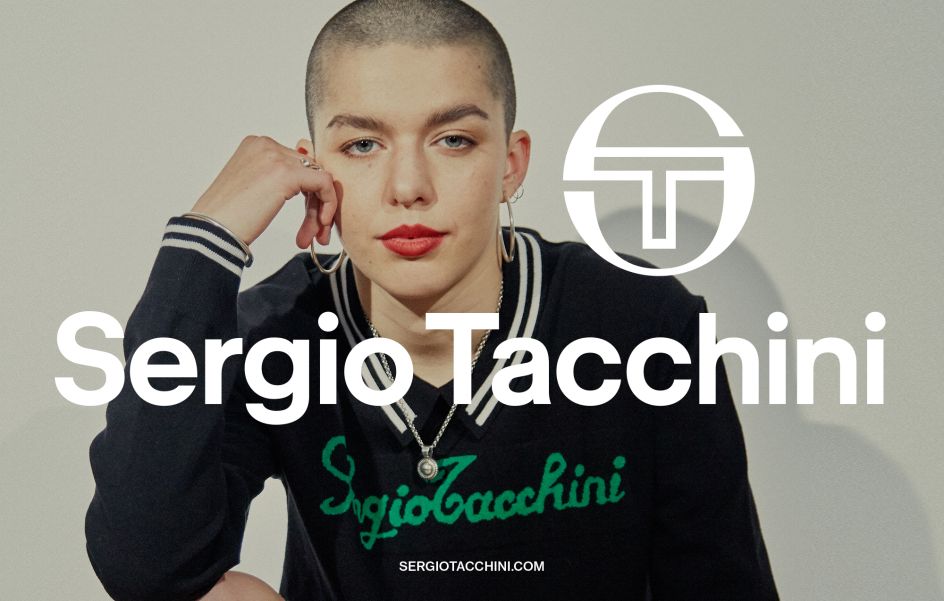
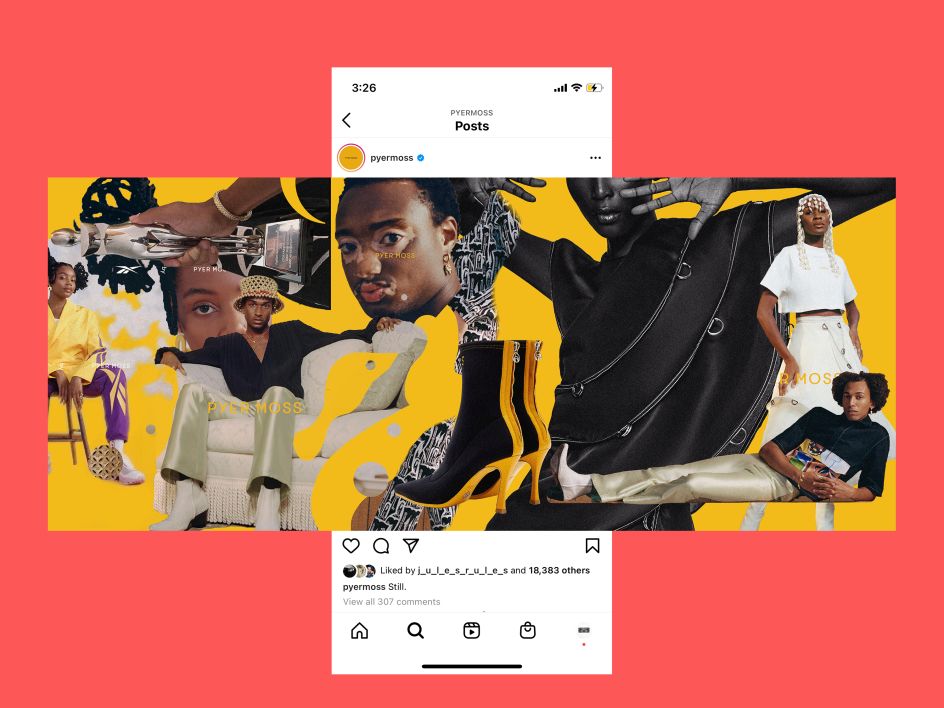
What've you been up to recently?
Highlights in the past year were the Launch of our studio website, the eCommerce site we launched for an only child, and during the pandemic, I was able to make it to Japan, compliant with COVID protocol, to art direct campaign assets for a new Asics related brand and no one got sick.
All very rewarding because they are projects solely accomplished through the studio's model. The two websites are super special because they were executed at a correct enough pace that I was able to truly collaborate and exchange knowledge with a blossoming designer on my team Sophia Marinelli. We had the chance to be super critical of the work, double down on our process and equally contribute ideas throughout. They are reminding me more of the curious classroom experience than the typical client project.
What do you want to see more and less of in the creative industry?
So many things I want to see both ways. Largely, I want to see less ego-driven motives – more working together to maintain integrity between creatives and our practices. There is a lot of resistance to sharing information and resources between creatives which I believe is detrimental when we work with massive, medium, and even small clients. These companies have much more business infrastructure in place. This sets them up to be able to easily keep us (monetarily) in line. More specifically making it difficult for design / creative to be seen as an equal and necessary partner at play.
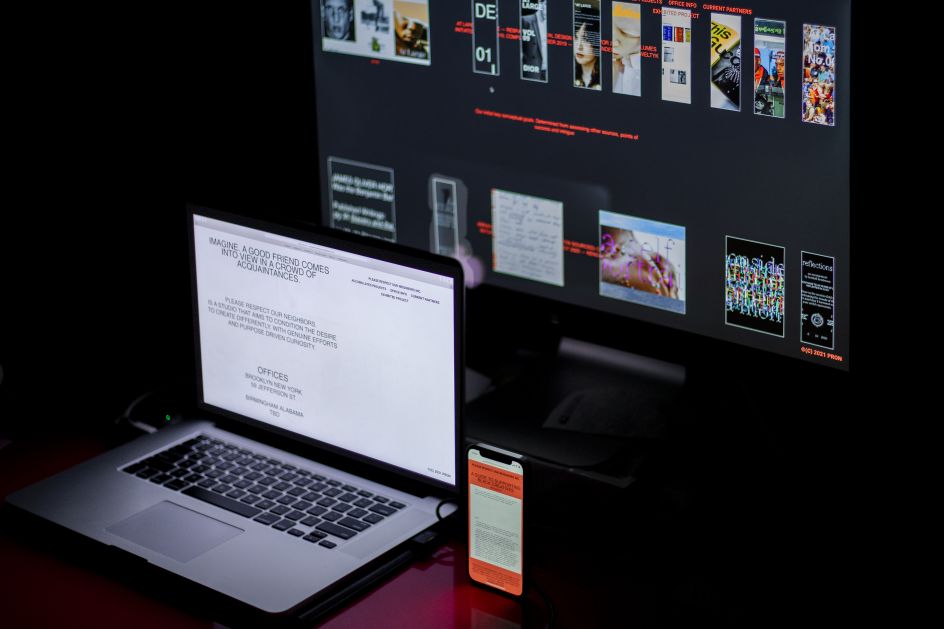
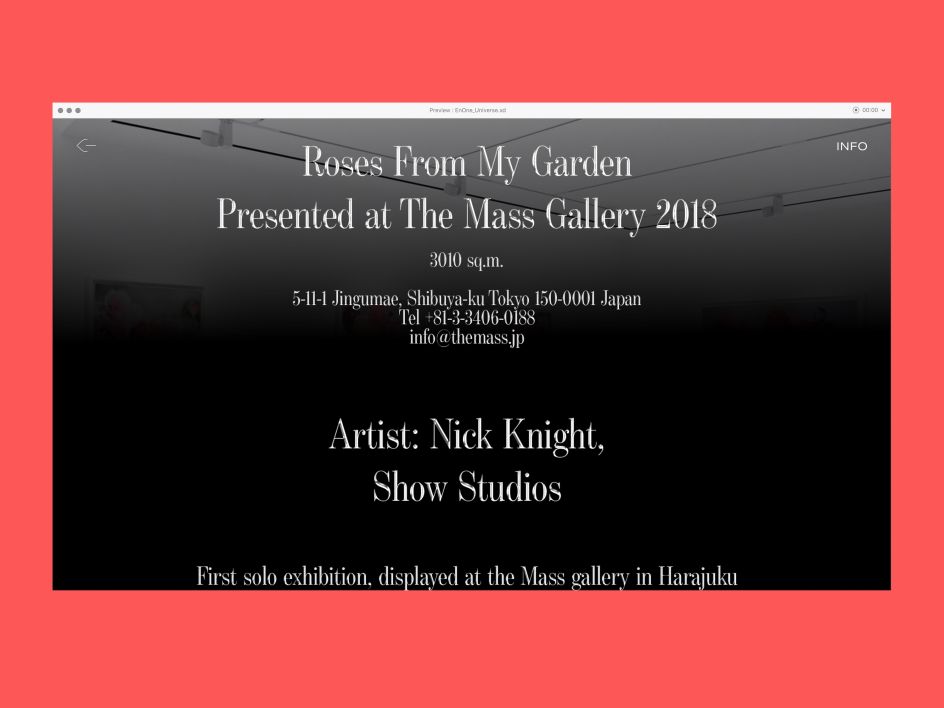
What questions do you wish people asked you?
How do we unionise? Haha, although I feel the term union has loaded context and is a bit dated in practice.
But really, how do we form, and more importantly, uphold some sort of conglomerate design standards that work toward the collective benefit of us so that we can potentially have some sort of leverage to go against the diminishing behaviours that are prevalent in our industry by companies and clients all around.
This also perhaps could be a larger problem stateside than perhaps it is globally. But yea, I constantly work to broaden my experiences in many ways, but they are still my experiences.
